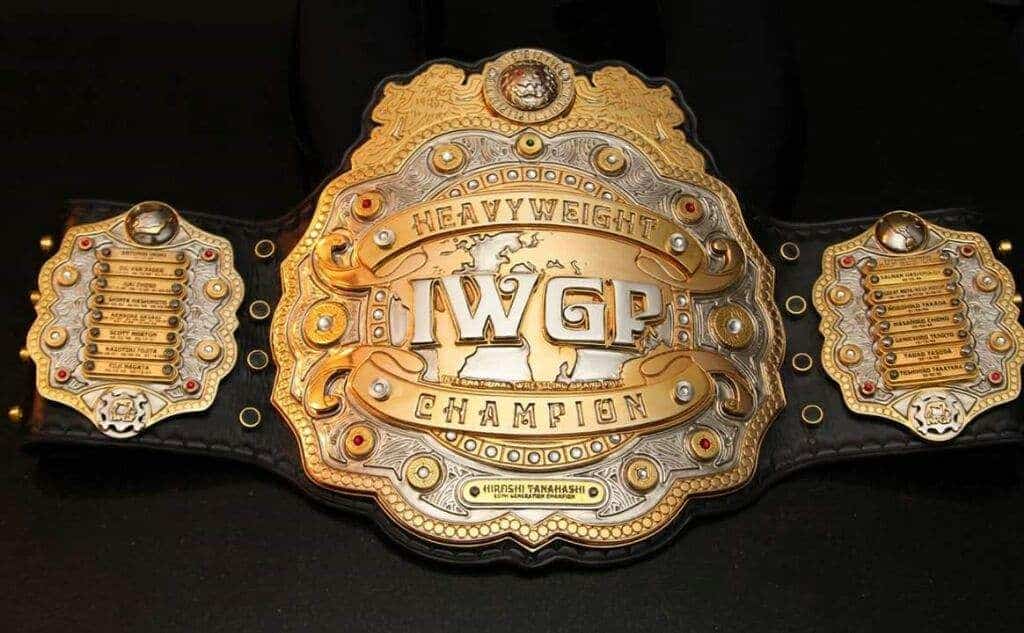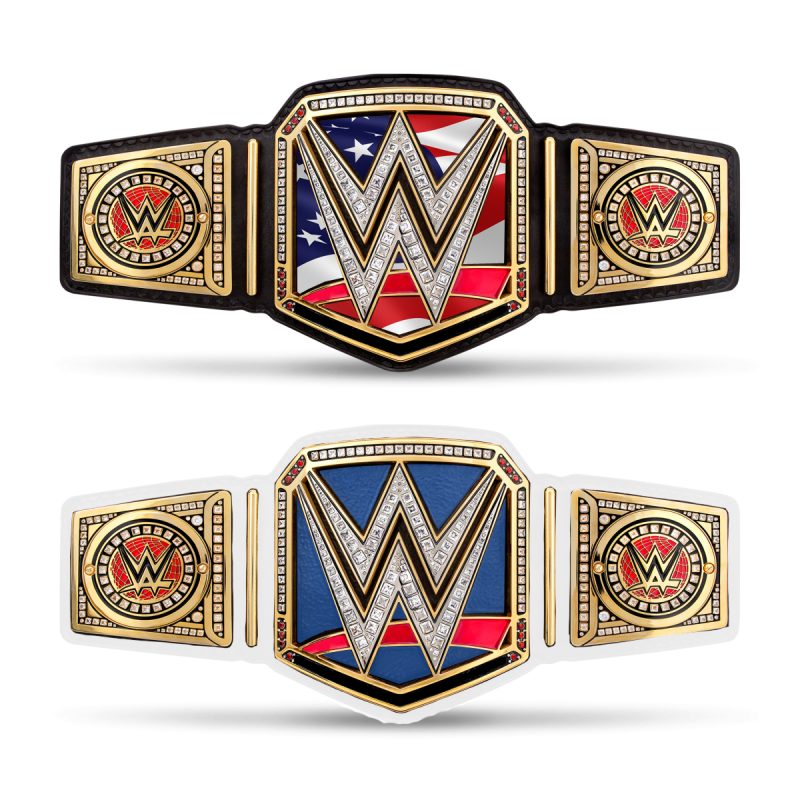The sport of boxing has been around for centuries and has produced some of the greatest athletes and legends in the world of sports. One of the most prestigious accomplishments in boxing is becoming a heavyweight champion. With the rise of various boxing organizations and governing bodies, the number of heavyweight championship belts has grown […]
Author Archives: David Roy
Have you ever wondered what goes into creating those shiny championship belts you see athletes hoisting in victory? Perhaps you’ve even caught yourself admiring the gleaming gold plating and intricate designs. But have you ever stopped to consider the story behind these coveted symbols of athletic excellence? The truth is, there’s much more to are […]
Championship belts hold a special place in the world of sports, symbolizing victory, honor, and achievement. These iconic accessories have become synonymous with champions and are highly coveted by athletes and fans alike. But have you ever wondered how these remarkable works of art are made? In this article, we will explore the fascinating process […]
WWE (World Wrestling Entertainment) has captivated fans around the world for decades with its high-energy, action-packed matches and larger-than-life personalities. One of the most coveted symbols of success in the world of professional wrestling is the WWE championship belt. These iconic accessories serve as tangible representations of achievement and status within the WWE universe. In […]
Wrestling fans around the world have been captivated by the spectacle and excitement of World Wrestling Entertainment (WWE). One aspect that adds to the grandeur of WWE matches is the championship belts. These iconic symbols of victory and excellence have become synonymous with the world of professional wrestling. In this article, we will explore the […]
- 1
- 2





